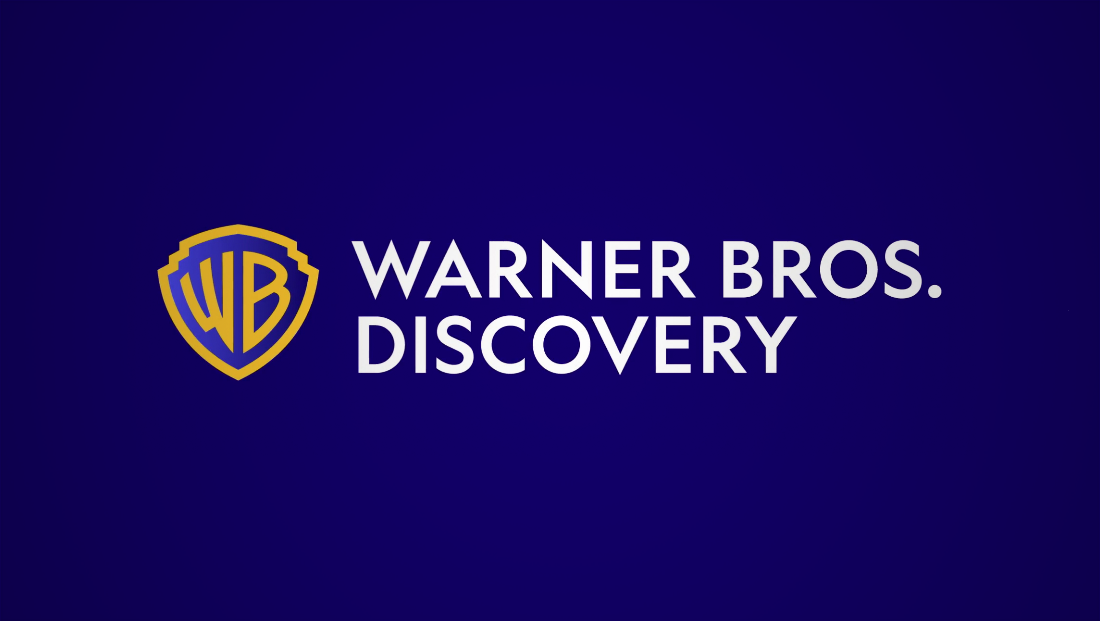Debt, layoffs and spinoffs: Warner Bros. Discovery’s turbulent path ahead

Subscribe to NCS for the latest news, project case studies and product announcements in broadcast technology, creative design and engineering delivered to your inbox.
The entertainment industry is experiencing a perfect storm, with Warner Bros. Discovery at its epicenter. The media giant, formed through a $43 billion merger in 2022, now faces a critical juncture that could reshape its future and serve as a bellwether for the broader industry.
Recent reports of layoffs at WBD came July 16, 2024, while described as “significantly smaller” than previous rounds, underscore the ongoing challenges traditional media companies face in an era of shifting consumer habits.
These cuts, which impact areas such as Max, production, business affairs and finance, follow similar reductions at CNN and other divisions within the company.
The broader context is equally sobering.
Paramount, Disney, and numerous other entertainment entities are also shedding jobs, leading one industry veteran to characterize the situation as “a full-scale depression for the entertainment industry.” This widespread contraction signals a fundamental restructuring of the media landscape, one that WBD must navigate carefully to ensure its survival and relevance.
“I think probably over the next year or two you’re going to see some real consolidation, whether that happens from companies buying each other, or jointly going after streaming together,” WBD’s CEO David Zaslav told CNBC at the Sun Valley conference.
At the heart of WBD’s dilemma lies a stark reality: the company’s current structure may no longer be viable in today’s market.
Analysts are calling for drastic action with the stock price down 70% since the merger. Jessica Reif Erlich of BofA Global Research didn’t mince words, stating that “the current composition as a consolidated public company is not working” and suggesting that “all options need to be on the table.”
These options could include asset sales, restructuring or even further mergers.
The company’s portfolio, which includes a mix of legacy cable networks and streaming platforms, may need to be reimagined for the digital age. The linear television business, once a cash cow for media conglomerates, now faces an existential threat from cord-cutting and the rise of streaming services.
One possibility floated by analysts involves spinning off WBD’s linear assets into a separate holding company. This new entity could potentially become a repository for other declining linear TV assets across the industry, allowing the core WBD business to focus on growth areas like streaming and content production.
The challenges facing WBD are not unique, but they are particularly acute given the company’s size and the expectations surrounding its merger.
Zaslav has acknowledged the pain of restructuring, describing the process as “brutal” but necessary. His assertion that “no sacred cows” suggests a willingness to make difficult decisions to pursue a sustainable future (or at least more shareholder value and a larger payday for Zaslav).
However, the road ahead remains fraught with uncertainty. The company must balance cost-cutting measures with the need to invest in content and technology to compete in the streaming wars. It must also grapple with a significant debt load, a legacy of the merger that limits its financial flexibility.
The stakes extend beyond WBD itself.
Paramount Global, another legacy media giant, confronts similar pressures as it navigates a complex merger with Skydance Media. The deal, which positions David Ellison as the new chairman and CEO of an expanded Paramount, comes with its own set of hurdles and expectations.
Like WBD, Paramount is grappling with the decline of traditional linear television and the need to pivot towards streaming. The newly merged entity is already eyeing significant cost-cutting measures, with executives identifying at least $2 billion in potential savings, much of it from linear media operations.
Paramount’s streaming service, Paramount+, while growing, still lags behind industry leaders like Netflix and Disney+. This competitive disadvantage mirrors WBD’s challenges with Max.
The broader industry will watch closely as Warner Bros. Discovery and the new Paramount navigate these choppy waters. Their successes or failures may well shape the future of media conglomerates in an era where streaming dominance and efficient operations are paramount to survival.
Subscribe to NCS for the latest news, project case studies and product announcements in broadcast technology, creative design and engineering delivered to your inbox.




tags
David Zaslav, max, Warner Bros. Discovery, WBD
categories
Broadcast Business News, Broadcast Industry News, Featured, Streaming